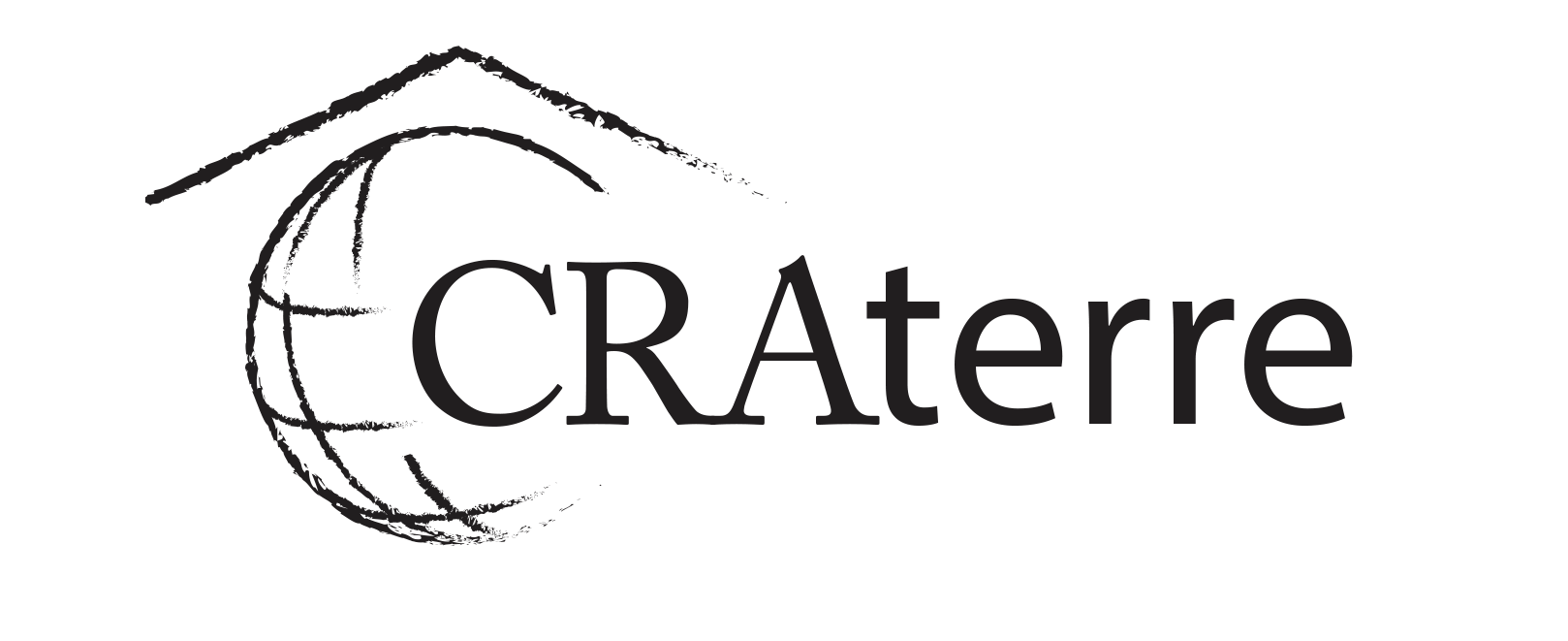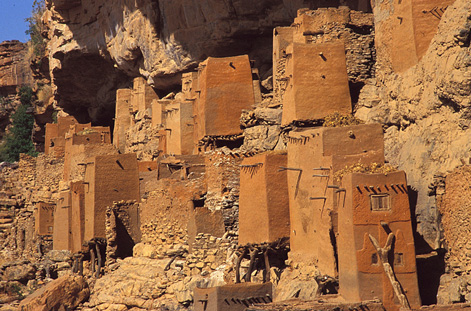Objectives
- Encourage the use of local materials;
- Develop construction models that meet contemporary needs and blend into the landscape;
- Raise awareness of the site's values among government players and stakeholders;
- Prepare a management plan with stakeholders.

In exceptional landscapes of cliffs and sandstone plateaus, the Dogons and their predecessors built villages with exceptional architectural features (dwellings, granaries, altars, sanctuary shelters), both aesthetically and technically, showing strong correlations with social and religious traditions that are still very much alive (masks, ritual and popular festivals, ancestor worship).
This World Heritage site, inscribed in 1989, covers an area of 400,000 ha and includes almost 300 villages with a population of nearly 150,000. It is therefore both a vast and living site, which poses particular conservation challenges.
In a context of globalization and increasingly easy access to industrial building materials, traditional urban planning and architectural forms, despite their exceptional qualities, are beginning to be abandoned in favor of less suitable designs. This is particularly true of administrative and community buildings. Quite apart from the shortcomings in terms of comfort and sometimes, paradoxically, durability, their proliferation risks creating a fashion phenomenon and encouraging such practices. In the long term, there is a clear risk of disfiguring the harmony of this unique cultural landscape, at a time when this aesthetic value attracts visitors from all over the world, constituting a considerable source of revenue, enabling a gradual improvement in the living conditions of the local populations.
At the request of the Mission Culturelle de Bandiagara, two initial actions were undertaken.
The first was the design and construction of a school complex using traditional building materials and techniques, with the aim of valorizing one of the traditional models in a resolutely contemporary architecture, integrated into the landscape.
In addition, more general work was carried out with the preparation of a plan for the conservation, management and enhancement of the site, which, by involving a large number of site stakeholders, should make it possible to launch a large-scale program that enhances the intrinsic values of the site and makes available to stakeholders and the local population constructive and architectural models that effectively meet contemporary needs but are better integrated into the landscape.
Various projects to follow up these two activities are currently in preparation.
Results
- Building “integrated” architectural models
- A school complex has been built in the village of Bégneimatou.
- This construction was an opportunity to train local craftsmen and contractors.
- The proposed model was well received and has already served as a model for other projects.
- Management
- A management plan has been drawn up for the 2006-2010 period.
- This management plan has been endorsed by Mali's Minister of Culture and is currently being implemented.
Partners
Direction Nationale du Patrimoine Culturel, Mission Culturelle de Bandiagara, UNESCO-World Heritage Centre, World Monument Watch, Association Mali-Initiative, Cercles de Bandiagara, Bankass et Douenza, Mayors of the 22 communes concerned, Local associations.







